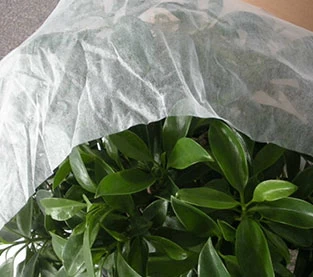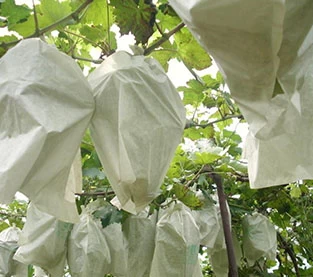Product: ES Material Fiber Nonwoven Fabric For Packaging
Raw Material: PP+PE
Nonwoven Technology: thermal bonded
Dotted Design: dot or plain
Gram: 25 gsm - 30 gsm
Color: White
Specification: custom
Sample: Can be provided without charge, freight to be collect
Applications:
Medical(20-60gsm): face masks,diapers,bed sheets,curtains,pillow covers,sanitary,etc
Packaging(25-30gsm): tea bag, coffee bag/filter paper, dust-proof covers.etc
Product: ES Thermal Bonded Non Woven Fabric For Tea Bag
Raw Material: PP+PE
Nonwoven Technology: thermal bonded
Dotted Design: dot or plain
Gram: 25 gsm - 30 gsm
Color: White
Specification: custom
Sample: Can be provided without charge, freight to be collect
Applications:
Medical(20-60gsm): face masks,diapers,bed sheets,curtains,pillow covers,sanitary,etc
Packaging(25-30gsm): tea bag, coffee bag/filter paper, dust-proof covers.etc
Product: Composite Non Woven Paper Desiccant Packaging Material
MOQ: 1000 kg
Material: Composite Non Woven Paper
Specification: Custom sizes.
Design: Welcome custom logo and design. Welcome OEM.
Color: Full Color of CMYK,Pantone Color as customer requirements
Weight: Based on size & material,thickness
Delivery Time: 10-15 days after confirmed the final artwork and order
Product: Desiccant Wrapping Paper
MOQ: 1000 kg
Material: DuPont Material
Specification: Custom sizes.
Design: Welcome custom logo and design. Welcome OEM.
Color: Full Color of CMYK,Pantone Color as customer requirements
Weight: Based on size & material,thickness
Delivery Time: 10-15 days after confirmed the final artwork and order
Product: Bi-component Non Woven Fabric Desiccant Packaging Material
MOQ: 1000 kg
Material: Bi-component Non Woven Fabric
Specification: Custom sizes.
Design: Welcome custom logo and design. Welcome OEM.
Color: Full Color of CMYK,Pantone Color as customer requirements
Weight: Based on size & material,thickness
Delivery Time: 10-15 days after confirmed the final artwork and order
Product: Spunbond Non Woven Fabric Custom Desiccant Packaging Material
MOQ: 1000 kg
Material: Spunbond Non Woven Fabric
Specification: Custom sizes.
Design: Welcome custom logo and design. Welcome OEM.
Color: Full Color of CMYK,Pantone Color as customer requirements
Weight: Based on size & material,thickness
Delivery Time: 10-15 days after confirmed the final artwork and order
In recent years, due to the destruction of the ozone layer, ultraviolet radiation reaching the ground has increased, and excessive ultraviolet rays may cause harm to the human body. Non-woven protective clothing, covering materials, geosynthetics, etc. for working under strong ultraviolet light in the field should also have UV protection properties.
At present, the methods for forming the anti-ultraviolet property of the fiber material mainly include the anti-ultraviolet fiber method and the anti-ultraviolet finishing. The UV-blocking fiber is prepared by adding an ultraviolet absorber or a shielding agent during polymerization or melt spinning to prepare an ultraviolet-shielding fiber and making it into a nonwoven material. The anti-UV finishing process combines the anti-UV finishing agent with the non-woven material by padding, coating, etc., so that the non-woven material(China Agricultural Cover Supplier) has a certain anti-ultraviolet function.


Anti-UV finishing agent finishing process
There are two main types of anti-UV finishing processes for nonwoven materials(Weed Control Fabric Company), namely padding and coating.
Since most of the ultraviolet absorber is insoluble in water, it is intended to be formulated into a dispersed phase solution, which is processed by padding, drying and baking. For some absorbents that have no affinity for fibers, they should be added to the working fluid or coated by a coating method. They can also be combined with some inorganic UV-reflecting agents for better results.
UV protection performance evaluation
There are two main indicators for the UV resistance of nonwoven materials(Agricultural Ground Cover Manufacturer).
1. The UVF protection number (UPF) UPF value refers to the ratio of the time required for UV radiation to reach the erythema of the skin after a protective product is used, and the time to achieve the same degree of damage without the protective article. The greater the UPF value of the protective product, the stronger the protection against UV rays.
2. Ultraviolet light rate The average value of the ultraviolet transmittance of the protective material in the ultraviolet wavelength region was measured by an ultraviolet spectrophotometer. Experiments have shown that after UV protection, the UV transmittance of the protective material is greatly reduced.